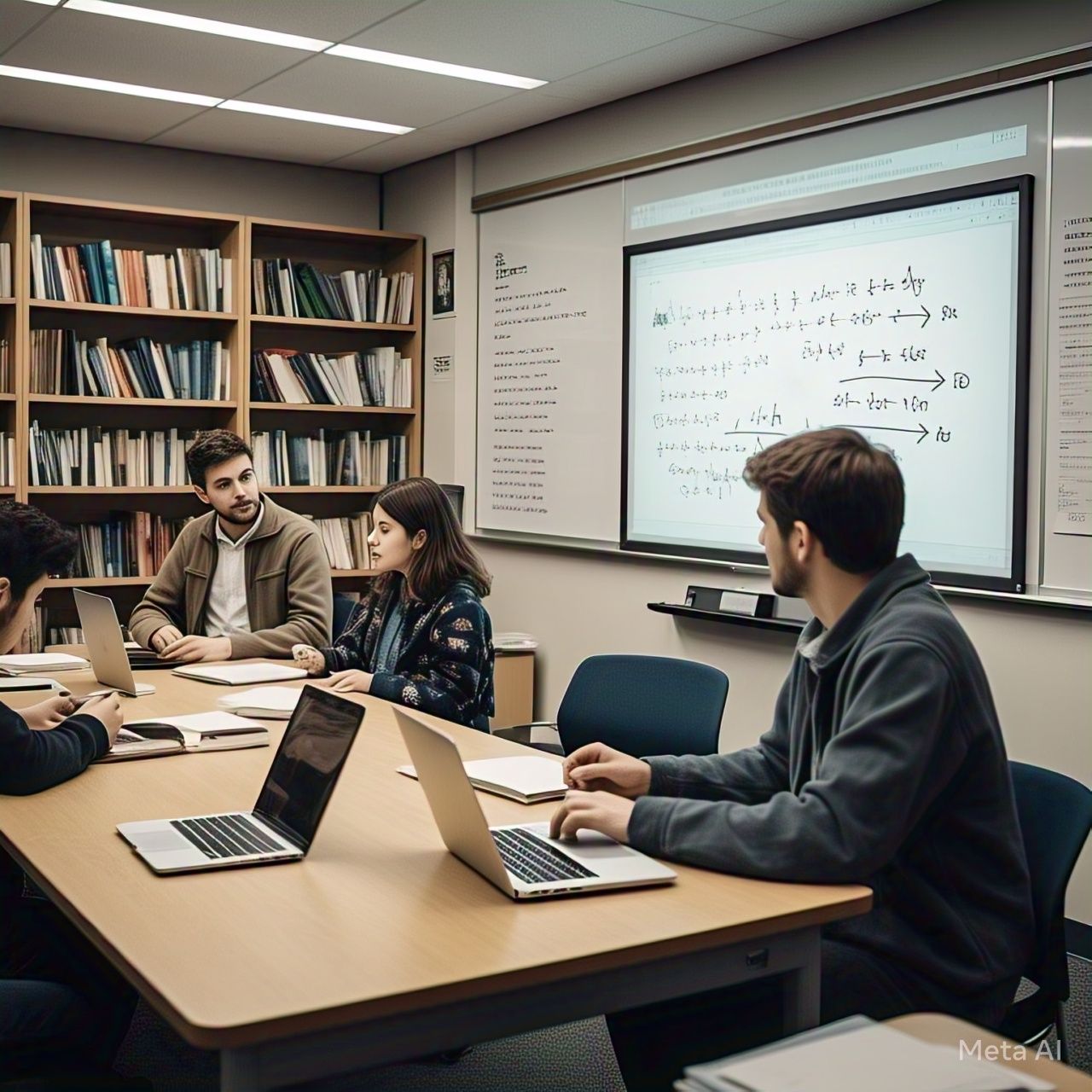Table of Contents
- Introduction
- Understanding Social Media: A Modern-Day Phenomenon
- Positive Impacts of Social Media on Mental Health
- The Dark Side: Negative Psychological Effects
- Social Media and Anxiety
- Social Media and Depression
- Cyberbullying and Its Mental Health Consequences
- Fear of Missing Out (FOMO): A Modern Anxiety
- Addiction to Social Media Platforms
- Social Media and Sleep Disorders
- Social Comparison: The Unseen Damage
- Who Is Most at Risk?
- Strategies for Healthy Social Media Use
- The Role of Parents and Educators
- Future Research and Solutions
- Conclusion
- FAQs
1. Introduction
In today’s digital age, social media has become an integral part of daily life. Platforms like Facebook, Instagram, Twitter, and TikTok offer unprecedented connectivity. However, with these benefits come significant mental health concerns. According to a 2022 Pew Research study, 72% of Americans use social media, and mental health professionals are increasingly linking its use to psychological issues such as anxiety, depression, and low self-esteem (Pew Research Center, 2022).
This article dives deep into the hidden psychological effects of social media on mental health, presenting both the positives and the negatives, supported by scientific research and expert opinions.
2. Understanding Social Media: A Modern-Day Phenomenon
Social media refers to digital platforms that enable users to create and share content or participate in social networking. In 2023, over 4.8 billion people worldwide are using social media, spending an average of 2.5 hours daily (Statista, 2023).
The growing reliance on these platforms for news, entertainment, social interaction, and validation has made them powerful influencers of human behavior and mental health.
3. Positive Impacts of Social Media on Mental Health
Connection and Social Support
Social media can bridge geographical divides and bring people closer. It helps users stay connected with family and friends and find support groups for mental health conditions like anxiety or depression (Naslund et al., 2016).
Awareness and Education
Platforms raise awareness about mental health and reduce stigma. Campaigns like #BellLetsTalk and #MentalHealthAwarenessMonth have gained global traction, promoting discussions on mental wellbeing (Mental Health Foundation, 2021).
4. The Dark Side: Negative Psychological Effects
While social media has its perks, its negative psychological impact can’t be ignored. Prolonged use often results in addictive behaviors and mental health challenges.
5. Social Media and Anxiety
Several studies have shown a correlation between social media use and increased anxiety levels. The Journal of Social and Clinical Psychology found that limiting social media use to 30 minutes a day significantly reduced anxiety and loneliness (Hunt et al., 2018).
Factors contributing to anxiety include:
- Overstimulation from constant notifications
- Fear of missing out (FOMO)
- Pressure to maintain an idealized online persona
6. Social Media and Depression
A meta-analysis by Huang (2017) revealed that excessive social media use is associated with a 70% increase in depressive symptoms. The dopamine-driven feedback loops, like “likes” and comments, offer short-term pleasure but may lead to long-term dissatisfaction and depressive feelings.
7. Cyberbullying and Its Mental Health Consequences
Cyberbullying, or online harassment, is rampant on social media platforms. Victims of cyberbullying are at higher risk of developing depression, anxiety disorders, and even suicidal ideation (Kowalski et al., 2014).
Statistics
- 59% of U.S. teens have been bullied or harassed online (Pew Research Center, 2018).
- Victims are 2-9 times more likely to consider suicide (Hinduja & Patchin, 2010).
8. Fear of Missing Out (FOMO): A Modern Anxiety
FOMO describes the anxiety stemming from the belief that others are having more fun or leading better lives. This feeling is exacerbated by curated, highlight-reel content on platforms like Instagram and Snapchat.
Psychological Effects
- Increased feelings of inadequacy
- Heightened stress and anxiety
- Compulsive checking behaviors (Przybylski et al., 2013)
9. Addiction to Social Media Platforms
Social media addiction is a behavioral addiction characterized by compulsive use. Studies indicate that 5-10% of Americans may suffer from social media addiction (Andreassen, 2015).
Signs of Addiction
- Neglecting personal and professional responsibilities
- Withdrawal symptoms without access
- Obsessive thinking about engagement and content creation
10. Social Media and Sleep Disorders
Excessive screen time, particularly before bed, interferes with melatonin production and circadian rhythms, leading to poor sleep quality (Levenson et al., 2017).
Consequences
- Insomnia
- Daytime fatigue
- Decreased cognitive function
11. Social Comparison: The Unseen Damage
Users often compare their real lives to others’ curated content, leading to decreased self-esteem and body dissatisfaction, particularly in adolescents and young adults (Fardouly et al., 2015).
12. Who Is Most at Risk?
Adolescents and Young Adults
This demographic is most vulnerable due to the developmental stage of the brain’s prefrontal cortex, which governs decision-making and impulse control (Casey et al., 2008).
Individuals with Pre-existing Mental Health Conditions
People with depression or anxiety are more susceptible to the negative effects of social media (Seabrook et al., 2016).
13. Strategies for Healthy Social Media Use
Digital Detox
Taking regular breaks from social media can improve mental health outcomes (Turel et al., 2019).
Setting Boundaries
- Limit screen time
- Disable non-essential notifications
- Establish phone-free zones or hours
Curate Your Feed
Follow accounts that promote positivity and mental wellness rather than those that incite comparison or stress.
14. The Role of Parents and Educators
Parents and educators can play a crucial role by:
- Educating children about the responsible use of social media
- Encouraging open discussions about online experiences
- Monitoring screen time without being invasive
15. Future Research and Solutions
More longitudinal studies are needed to establish causality between social media use and mental health issues. Meanwhile, platforms are taking steps:
- Instagram’s hidden “like” counts
- TikTok’s screen time reminders
Tech companies and policymakers must collaborate to create healthier online environments.
16. Conclusion
Social media is a double-edged sword. While it connects and empowers, it can also harm mental wellbeing. Users must approach it mindfully, balancing its benefits with potential risks.
By adopting healthier habits and spreading awareness, we can mitigate the hidden psychological effects of social media and foster better mental health for ourselves and future generations.
17. FAQs
Q1. How does social media impact mental health?
Social media can both positively and negatively impact mental health. It can provide social support and awareness but also contribute to anxiety, depression, and low self-esteem.
Q2. What are the signs of social media addiction?
Signs include compulsive checking, neglecting responsibilities, withdrawal symptoms, and obsessive engagement with online content.
Q3. Can limiting social media use improve mental health?
Yes. Studies show that reducing social media usage can lower levels of anxiety, depression, and loneliness.
Q4. What age group is most affected by social media?
Adolescents and young adults are the most vulnerable due to brain development and increased susceptibility to peer influence and comparison.
Q5. What can parents do to protect their children?
Parents can educate about responsible use, monitor screen time, encourage offline activities, and maintain open communication.
References
- Andreassen, C. S. (2015). Online Social Network Site Addiction: A Comprehensive Review. Current Addiction Reports.
- Casey, B. J., Getz, S., & Galvan, A. (2008). The adolescent brain. Developmental Review.
- Fardouly, J., Diedrichs, P. C., Vartanian, L. R., & Halliwell, E. (2015). Social comparisons on social media. Body Image.
- Hinduja, S., & Patchin, J. W. (2010). Bullying, cyberbullying, and suicide. Archives of Suicide Research.
- Huang, C. (2017). Time spent on social network sites and psychological well-being: A meta-analysis. Cyberpsychology, Behavior, and Social Networking.
- Hunt, M. G., Marx, R., Lipson, C., & Young, J. (2018). No More FOMO. Journal of Social and Clinical Psychology.
- Kowalski, R. M., Giumetti, G. W., Schroeder, A. N., & Lattanner, M. R. (2014). Bullying in the digital age. Psychological Bulletin.
- Levenson, J. C., Shensa, A., Sidani, J. E., Colditz, J. B., & Primack, B. A. (2017). The association between social media use and sleep disturbance. Preventive Medicine.
- Naslund, J. A., Aschbrenner, K. A., Marsch, L. A., & Bartels, S. J. (2016). The future of mental health care: Peer-to-peer support and social media. Epidemiology and Psychiatric Sciences.
- Pew Research Center. (2018 & 2022).
- Przybylski, A. K., Murayama, K., DeHaan, C. R., & Gladwell, V. (2013). Motivational, emotional, and behavioral correlates of fear of missing out. Computers in Human Behavior.
- Statista. (2023).




